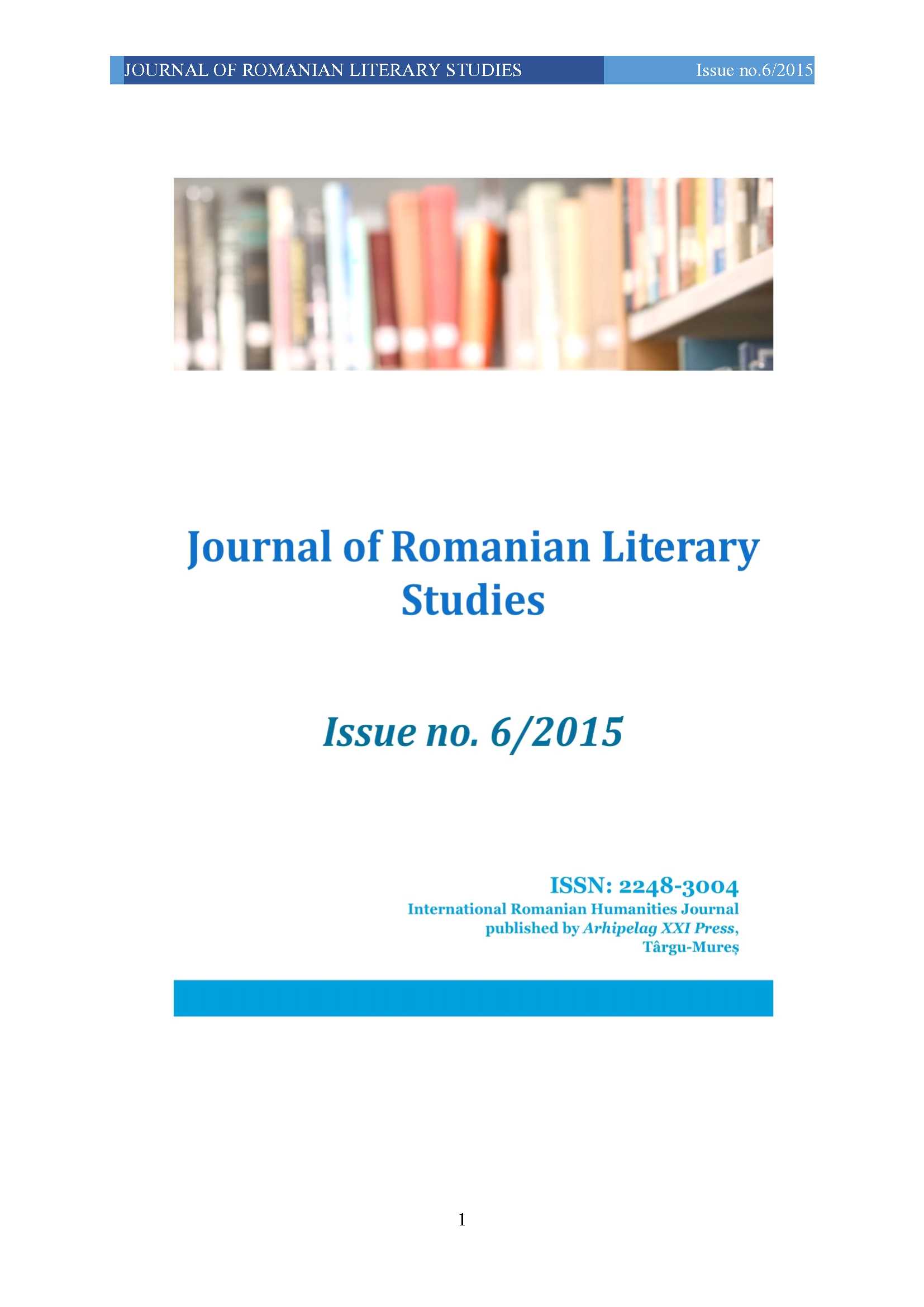Author(s): Vasile FEURDEAN / Language(s): Romanian
Issue: 06/2015
Our presentation aims at investigating the function of mythological masks in order to circumscribe the demonic vision in two emblematic poems of I. Mureșan’s poetry: Convorbiri cu diavolul and Întoarcerea fiului risipitor. Convorbiri cu diavolul presents, in a colossal dramatic scenery, the soteriological project of the poetic self, transposing the antinomic dynamics of interiority’s spectra as tragic representation of alienation. The visionary faces multiply and become objectified as lyrical dual, but consubstantial faces, which strive with one another for the supremacy and the authenticity within the poet’s being: the drunker, the alien, Tiresias - the blind, the fool, Jesus, Ulysses, the daemon. The poem could be regarded as a dialog with the Faustus myth, with Cartea lui Iosif, and also with Cântarea cântărilor. The poet’s being is melting with the world in such a way that he becomes his own alterity where from he cannot escape any longer, but through another scission. The demonic state of being remains the only way towards redemption of the self, the only way to recuperate his own identity. The same movement takes place also in Întoarcerea fiului risipitor, where the biblical myth serves as a pretext for the resurrection of the visionary self, with the exception that now the redemption becomes impossible, even supposing the supreme sacrifice. At this level of signification, the visions slip hallucinatory one over the other in order to create a symphonic sense. The individuality of the author is mouldering again and is being substituted by the pluriperspectival image of the visionary poet with his numberless masks, which in fact reveal to be hideous distorted mirrors of the same segregated and spasmodic self, projected as a dual being that polarises all contraries and loses his way through the labyrinth of his own phantasma. The appeal to the metaphysic imaginary from the pre-Christian textual tradition or to the imaginary inspired from the Christian textual tradition (and not of Christian type!) in the two poems herein investigated shows in fact the same fundamental concern of the author for the rapport creator – work of art as well as the same proliferating visionary poetic imagination, which permeates all the interstices of I. Muresan’s poetry.
More...

